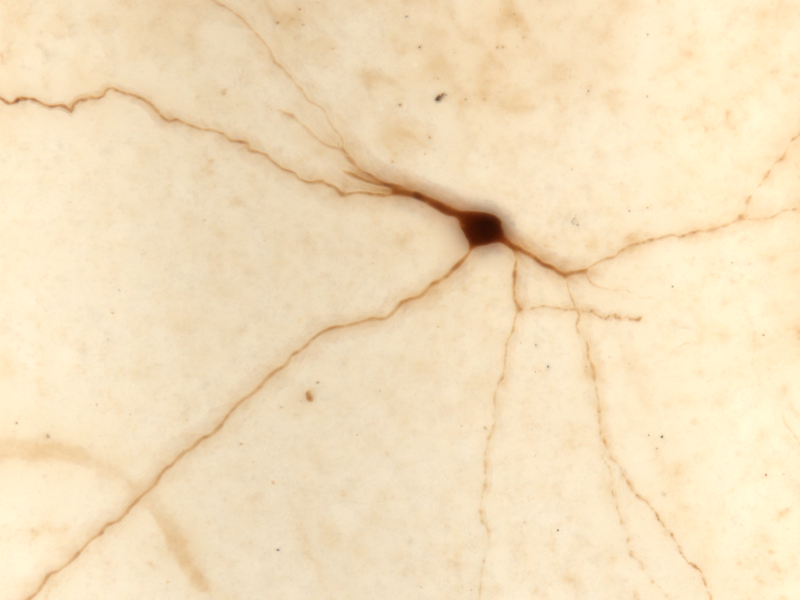Science News: Stanford Scientists Make Neurons from Skin Cells
Take a set of skin cells, add four genes, wait four to five weeks, and you’ve got a batch of functioning neurons. Scientists at The Stanford University School of Medicine came up with this revolutionary recipe that uses transdifferentiation, a cellular reprogramming process that turns one type of cell directly into another, without first converting it into a pluripotent stem cell.
Last year, the research team did this with mice. They created neurons from cells derived from mouse tails by adding a trio of genes known as “BAM” (Asc11, Brn2, and Mytl1). When they tried this combination on human cells, they formed what appeared to be neurons, but closer inspection showed these cells weren’t firing the electrical impulses characteristic of a functioning nerve cell. However, when a fourth gene came into the picture, the transcription factor called NeuroD, the neurons not only became electrically active, they formed synapses with mouse neurons grown in the same dish.
In the news release from Inside Stanford Medicine, Marius Wernig, MD, assistant professor of pathology and a member of Stanford’s Institute for Stem Cell Biology and Regenerative Medicine says “We are now much closer to being able to mimic brain or neurological diseases in the laboratory. We may perhaps even be able to one day use these cells for human therapies.”
Read more about the study at Inside Stanford Medicine.
{Image Credit: Dan Peruzzi, Ph.D.}
If you enjoyed this article, like MBF Bioscience on Facebook and follow us on Twitter



